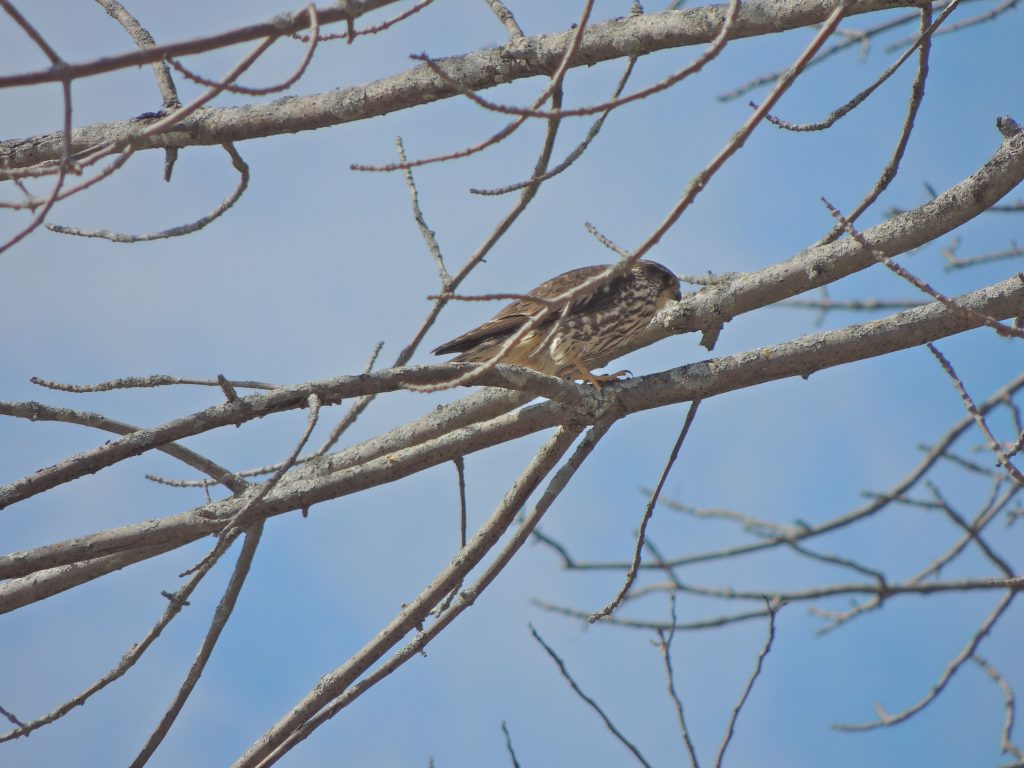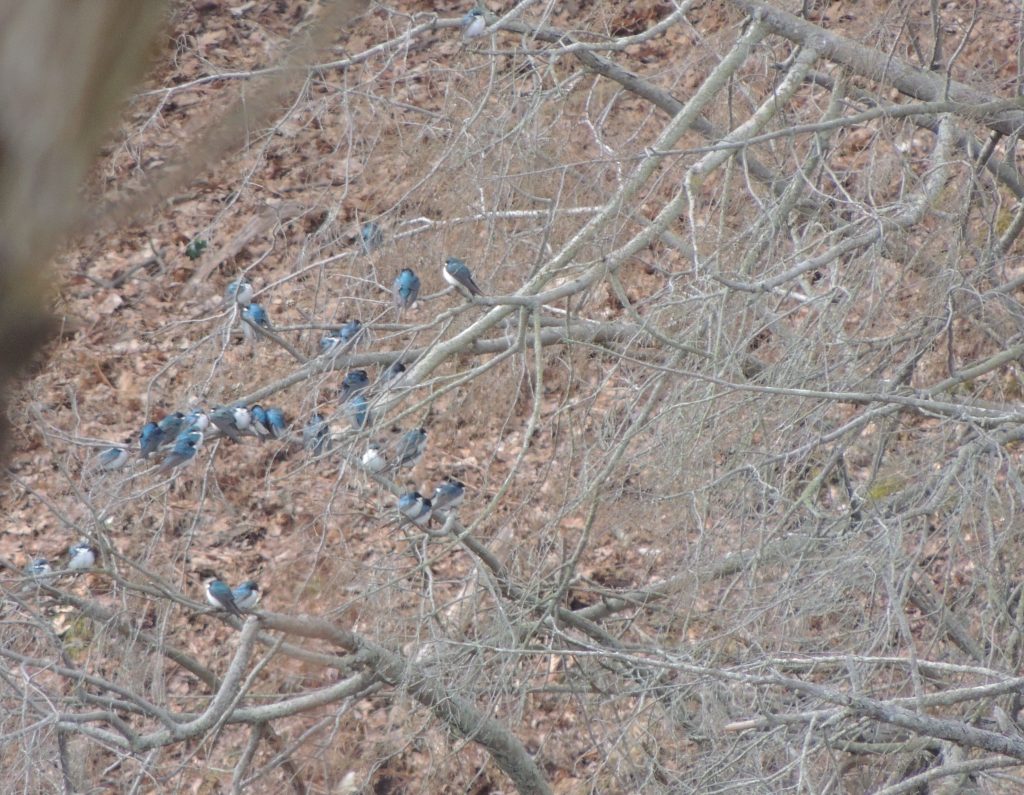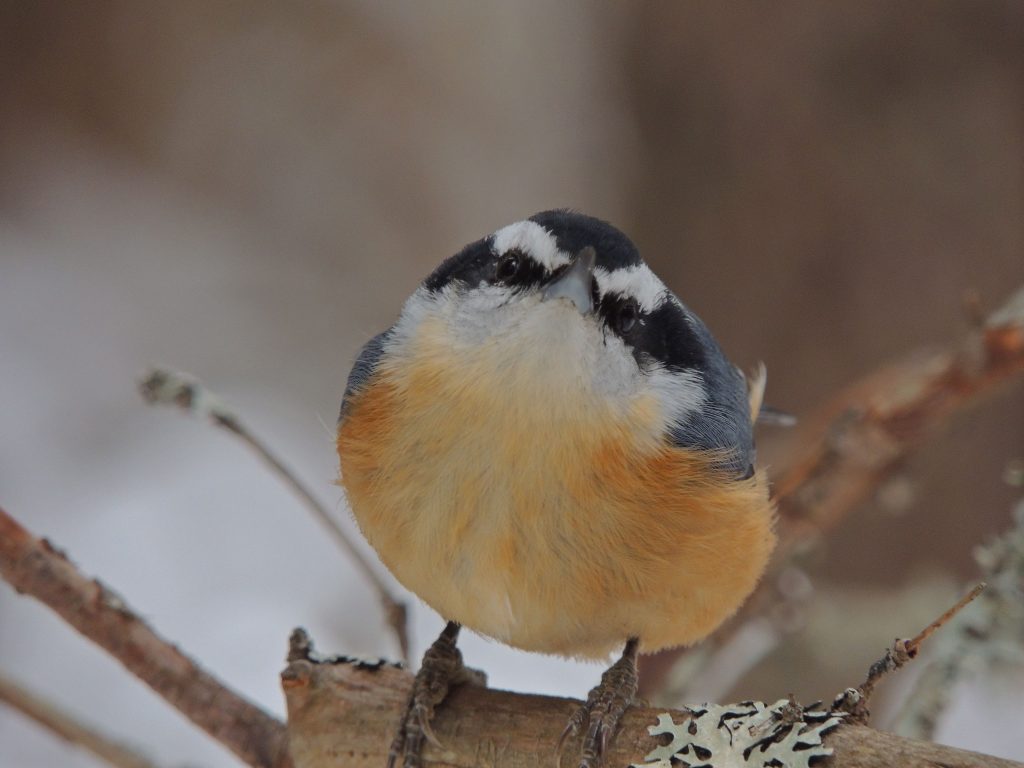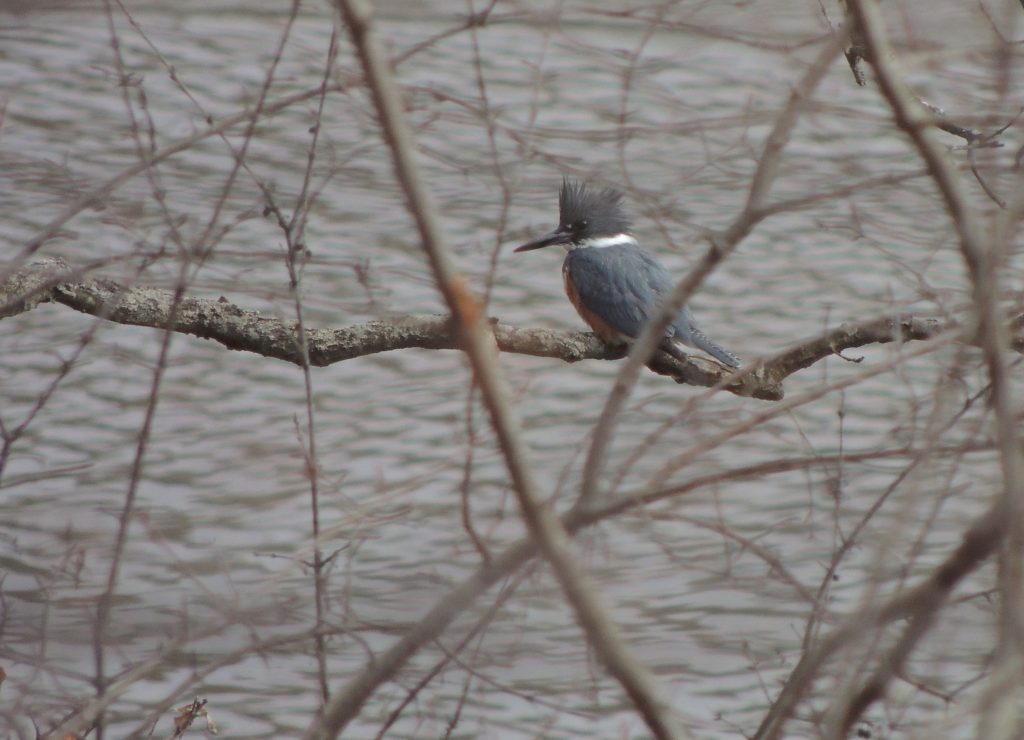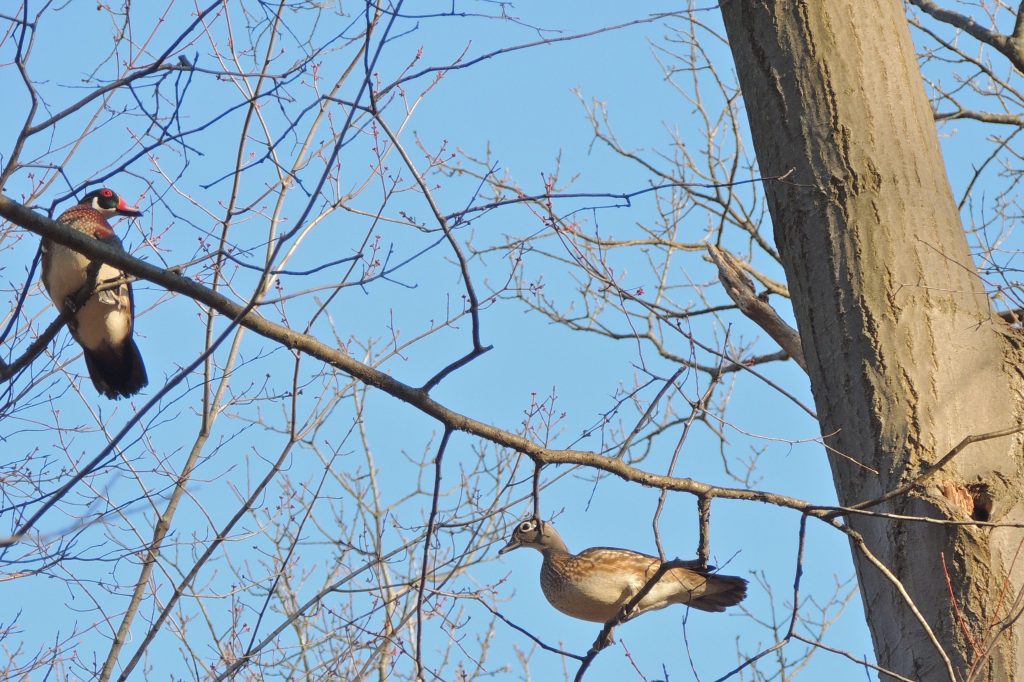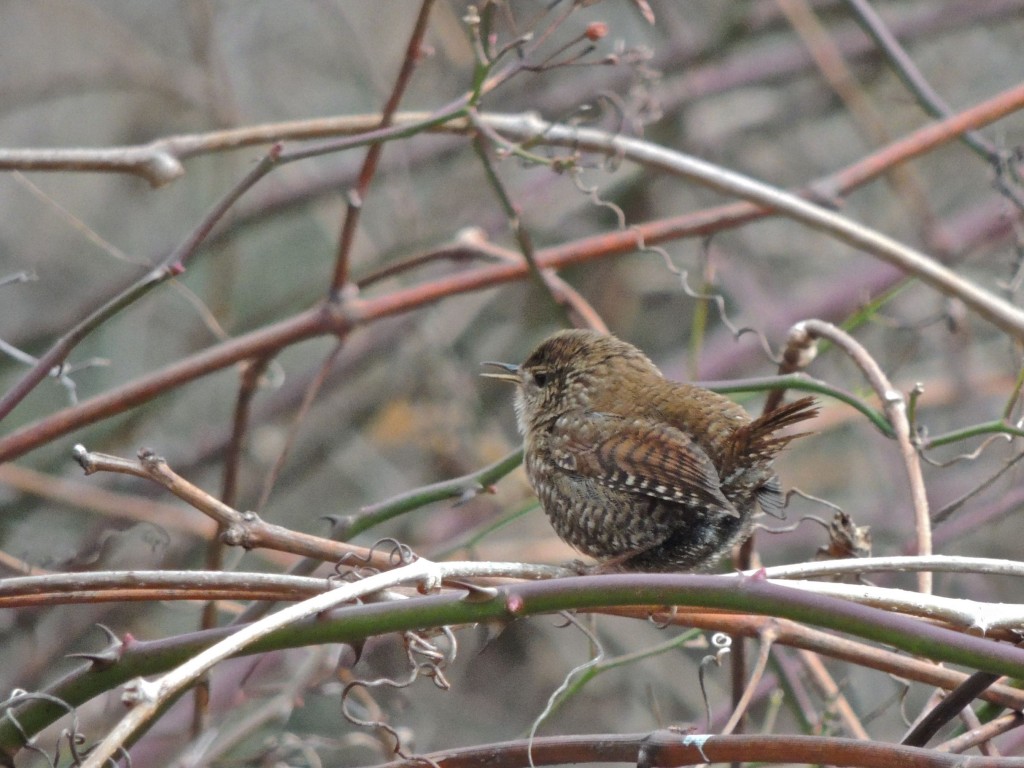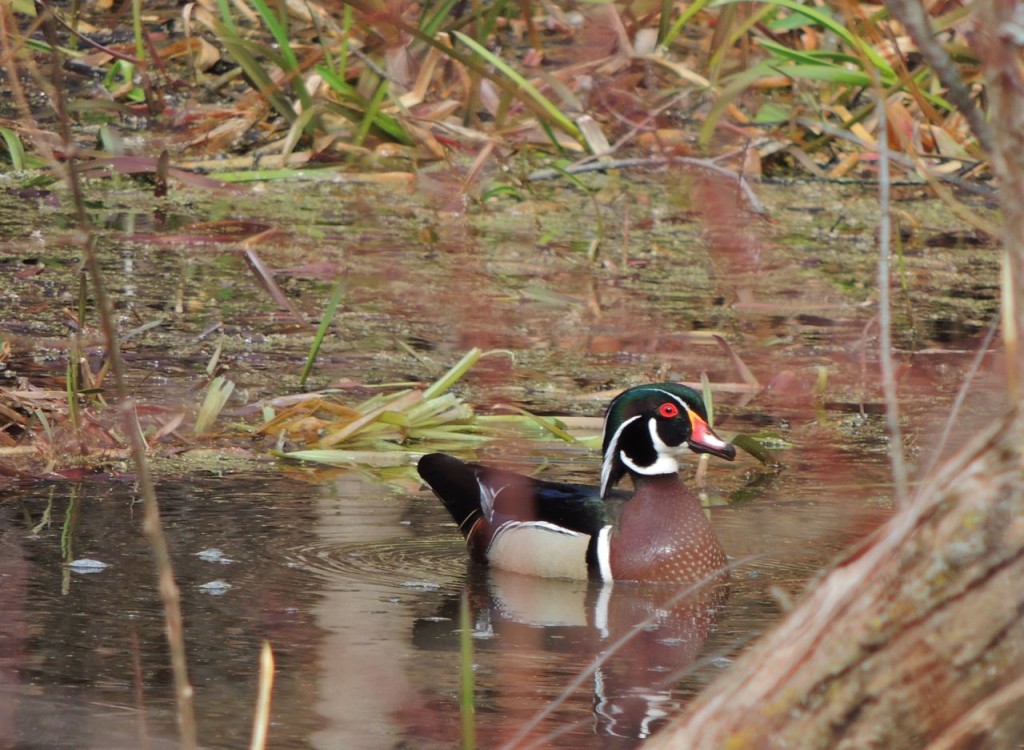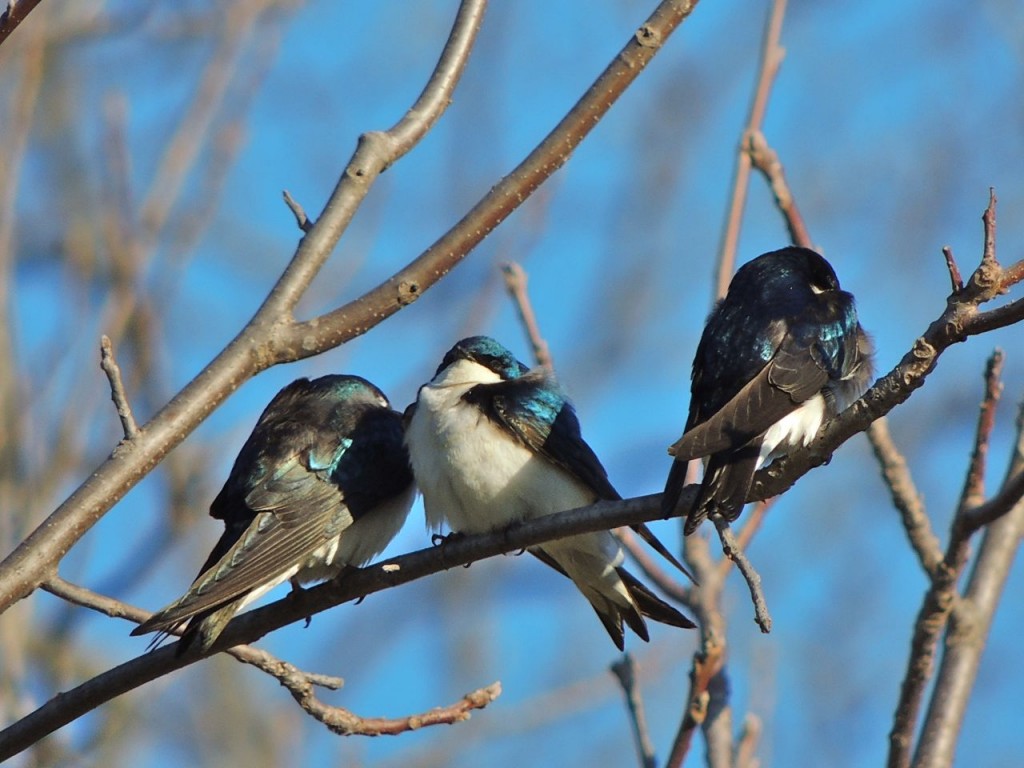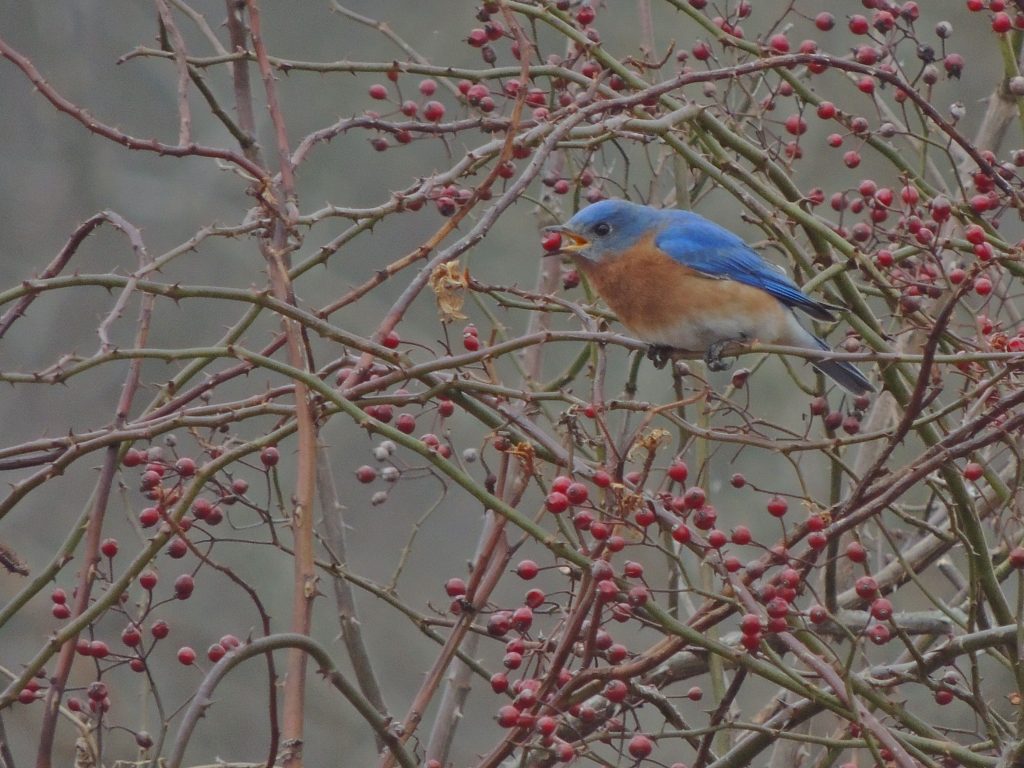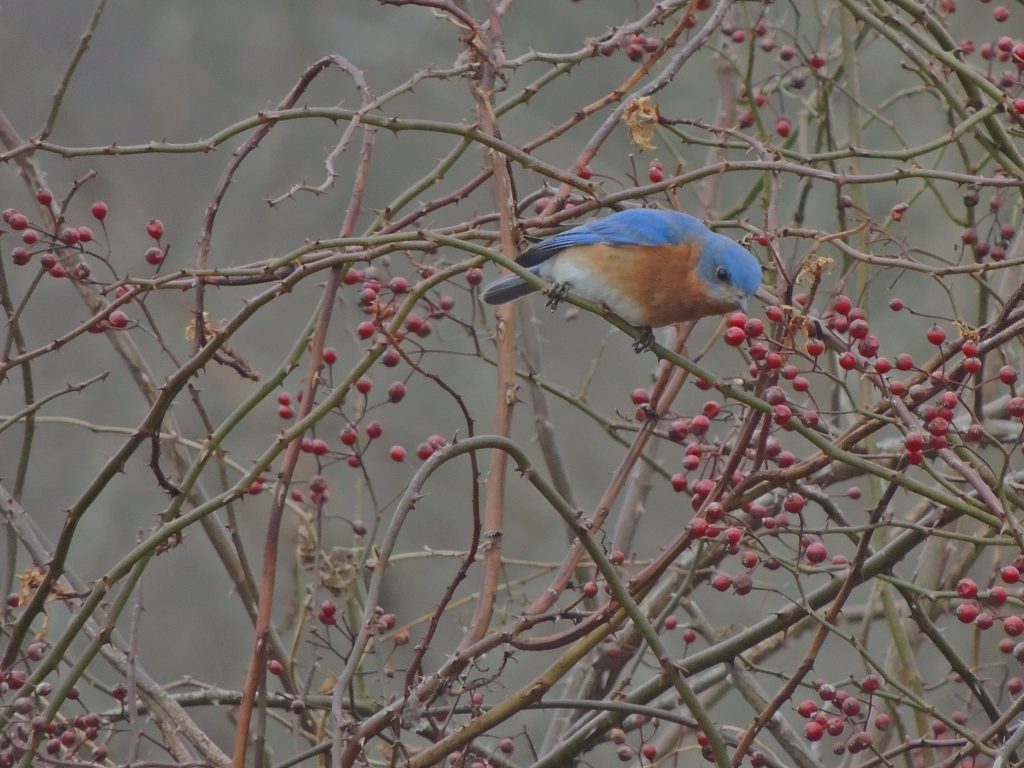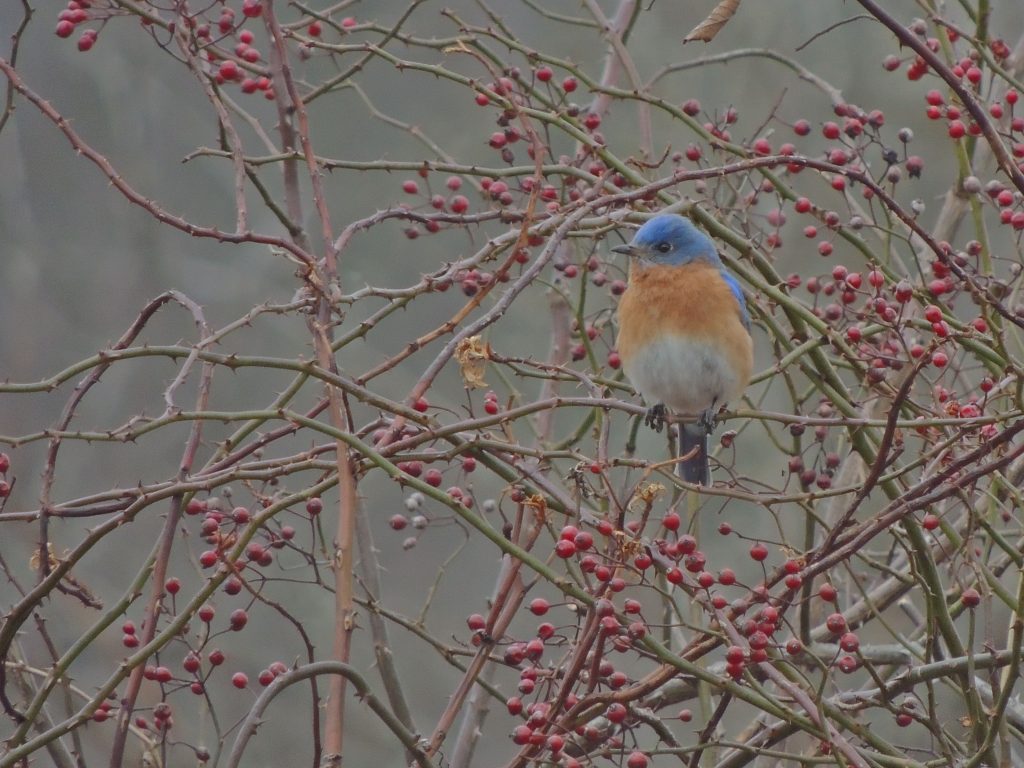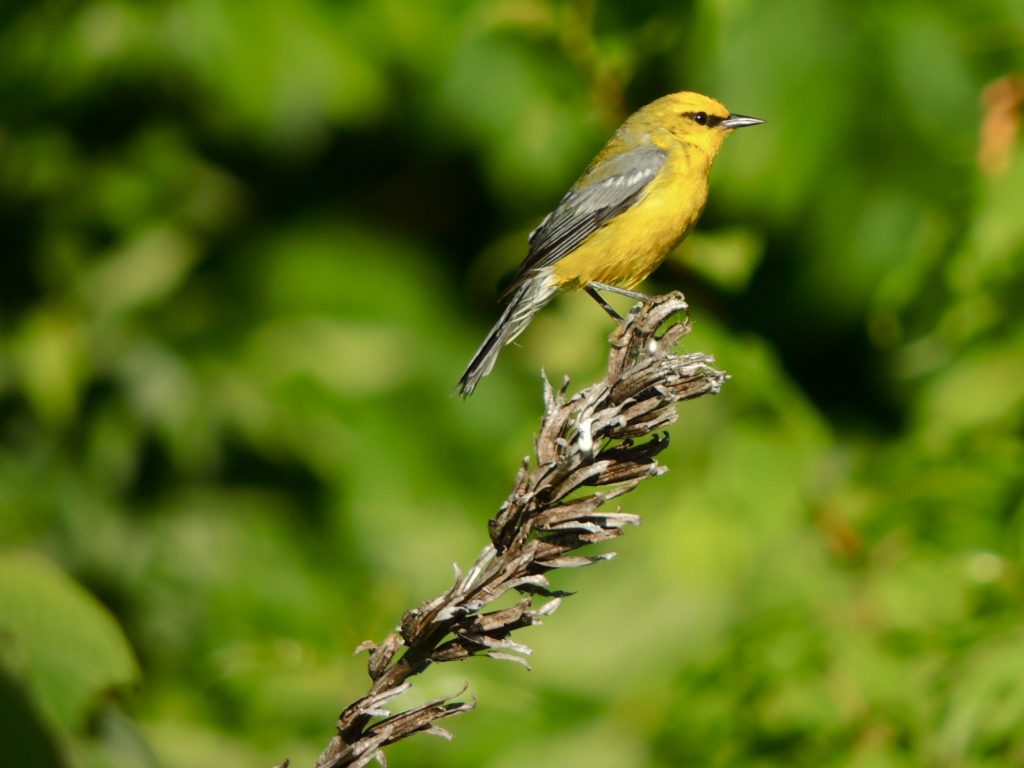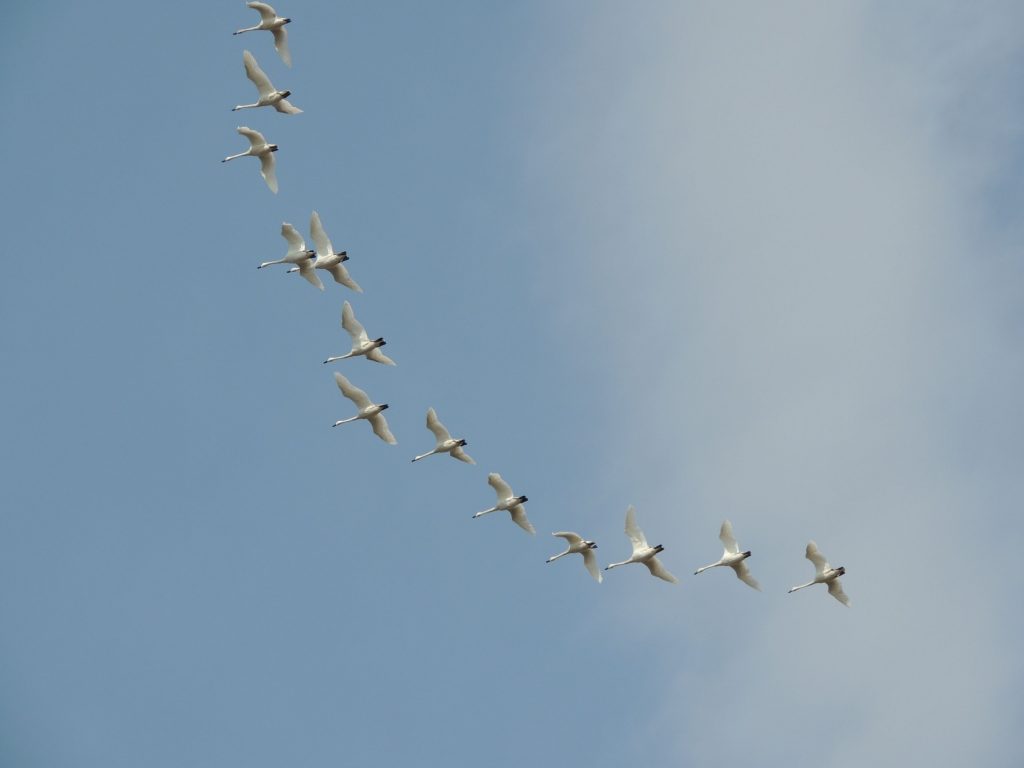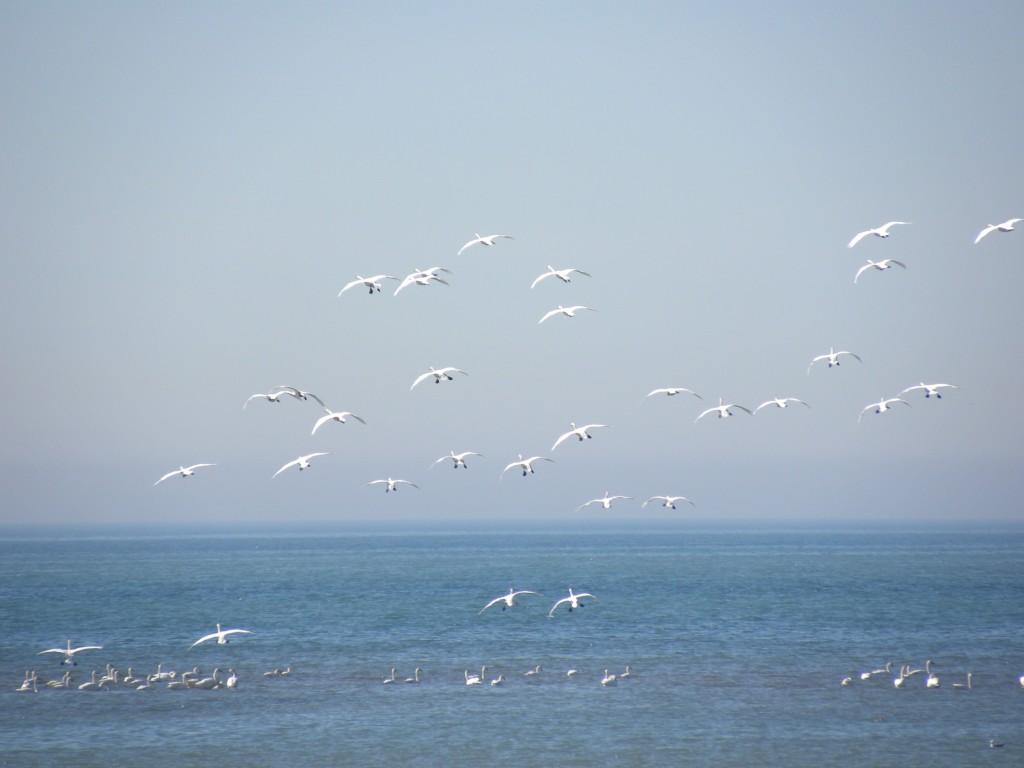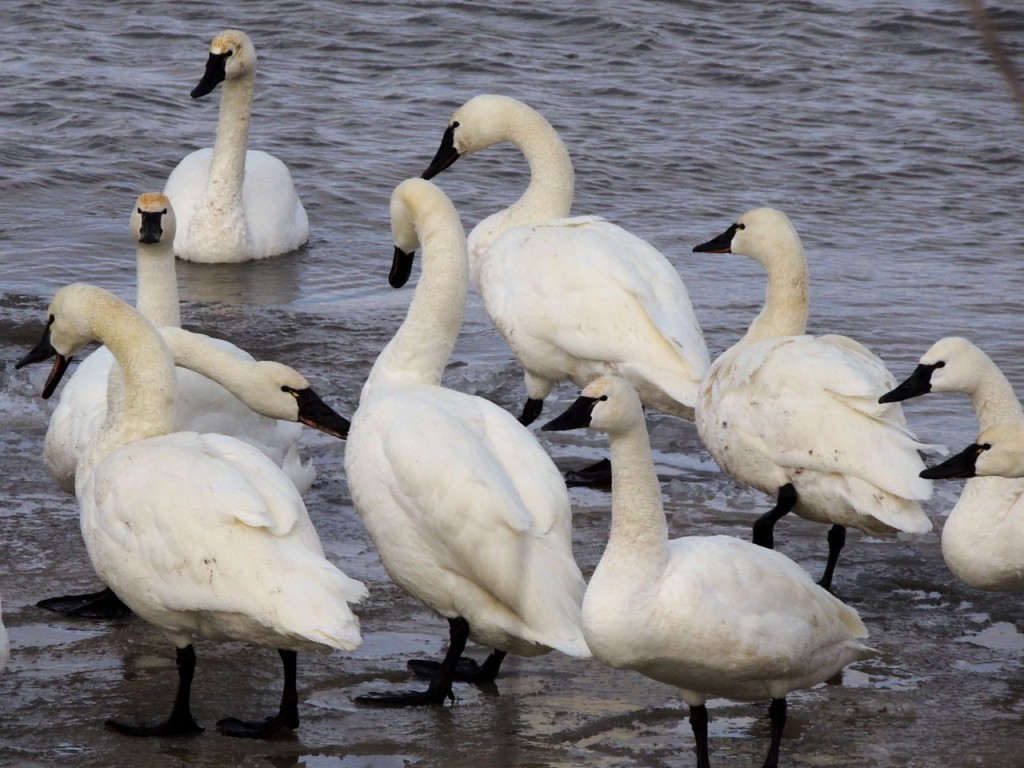April 7 2018 Cootes Paradise, RBG, Hamilton, ON. A year ago, in fact exactly a year ago, My Bird of the Day was a Merlin, you can read about it here. I could save myself a lot of keyboard angst if I left it at that, just suggesting you advance all dates by exactly one year; but that would take all the fun out writing, rewriting, and endlessly correcting the same maddening finger-slips.
Today I joined a group of enthusiastic birders walking crunchy frozen trails through fields and woodland looking for the April’s promise; promises that April kept to itself, but the group’s enthusiasm made up for the cutting northwest wind that made our eyes stream and noses drip.
We managed to find a few encouraging birds: mostly Dark-eyed Juncos, a sprinkling of Downy and Red-bellied Woodpeckers and a few raptors for the day: a far off adult Bald Eagle, a wind-tossed Red–tailed Hawk and Bird of the Day a Merlin. Referring back to the Merlin of this date last year, it was atop a Red Oak on the edge of a parking lot whereas today’s was sitting quietly midway up a Red Ash a very few feet from us, and there it remained for perhaps fifteen minutes. It seemed content to watch the world go by; perhaps it had eaten very recently. Our group was rightly excited with this opportunity to study the bird closely as our leader read aloud its description from his field guide, every detail was a perfect fit.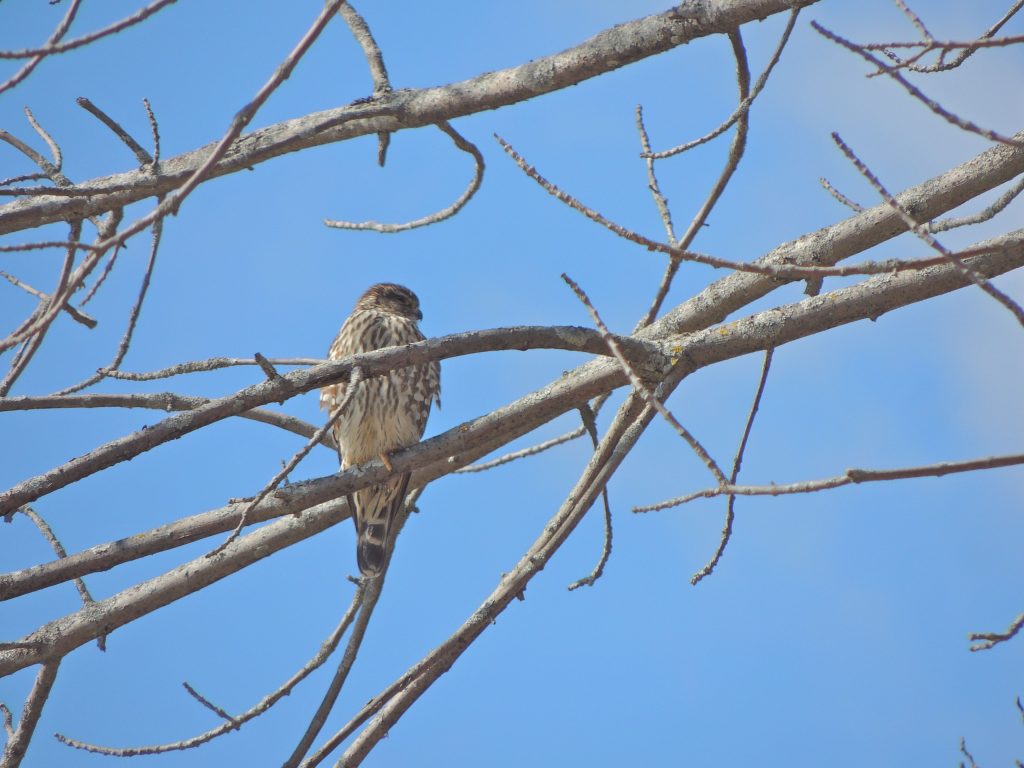
Could this be the same bird? The same day, the same time and almost the same place. The two sightings were from within 500M of each other, an easy skip and a jump for a Merlin. Here’s a couple of shots of today’s Merlin, my Bird of the Day.